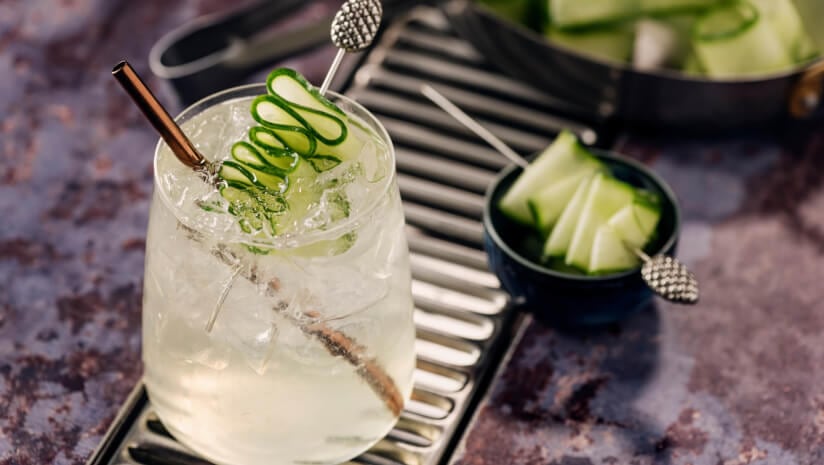Health-conscious consumers and those looking to moderate their drinking habits are embracing the wide range of tasty alternatives now available.
Whether at home, at a party, or in the pub, these drinks allow people to enjoy the social aspect of drinking without many of the usual side effects.
For operators, understanding the rules and terminology around these products is essential to staying compliant and making the most of this expanding market.
Key Terms Explained
Government guidance (currently for England only) sets out how certain terms should be used. While following these rules is voluntary, if you choose to use the terms, the conditions are expected to be observed:
- Non-alcoholic – Should not be used alongside drinks traditionally associated with alcohol (e.g., “non-alcoholic beer”).
- Alcohol-free – Refers to drinks with alcohol extracted, containing no more than 0.05% ABV. The ABV must be clearly stated on the packaging.
- Low alcohol – Drinks of 1.2% ABV or less. The maximum ABV must be shown on the packaging.
- De-alcoholised – The term ‘de-alcoholised’ should only be applied to a drink from which the alcohol has been extracted if it contains no more than 0.5% ABV and the product should also include an indication of its alcoholic strength.
Using clear, accurate descriptions ensures customers know exactly what they’re buying and helps avoid potential enforcement from Trading Standards.
Do you need to check ID?
Under the Licensing Act, any drink above 0.5% ABV is considered alcohol. This means products at or below 0.5% ABV can legally be sold to under-18s.
However, this can cause confusion. ABV levels aren’t always obvious, and staff may struggle to quickly assess whether a drink is classed as alcohol.
To simplify, many businesses continue to apply “Challenge 21” or “Challenge 25” policies even for alcohol-free or low-alcohol products.
Selling alcohol to under-18s is a criminal offence that can result in severe penalties, including unlimited fines and a temporary suspension of alcohol sales.
The right to refuse
Both staff and venue operators have the common law right to refuse entry or service, provided it isn’t discriminatory (e.g., based on sex, race, disability, gender, religion, or sexual orientation).
This means you can require proof of age for any drink even if it’s 0.5% ABV or below. If a customer refuses to provide ID, you are within your rights to deny service.
Less fizz, more opportunity
Offering low and no-alcohol drinks isn’t just about variety, it’s about meeting consumer demand. More people are actively looking for options that fit with healthier, more balanced lifestyles.
By having the right policies in place and understanding the regulations, your business can stand out in this growing market and establish itself as a leader in offering smarter choices.
- Alex Tomlinson is a solicitor at Poppleston Allen



